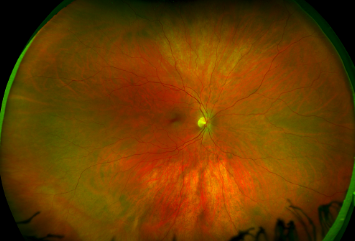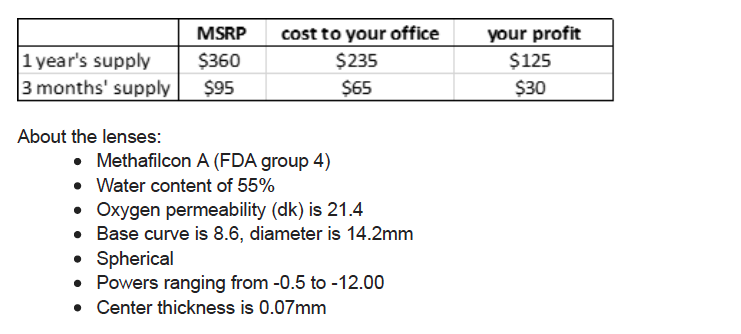MYOPIA CONTROL
Myopia, or near-sightedness, is one of the most prevalent conditions we encounter as eye doctors. For years, parents have dawned upon us the question of “how can I prevent my child’s eyesight from getting worse?” Scientists have been trying to answer this questions for decades and current research is highly motivated on giving us the answers. While there are multiple factors to consider, the great news is that we DO have treatment options available.
There are 1.5 BILLION people in the world with myopia. Along with that, every 1 in 2 people has myopia and that trend has been growing at a steady rate. Myopia is either due to an elongated eye (increased axial length) or due to a steeper than average curvature of the cornea, the clear structure at the front of the eye. When either of these factors increases, so does the myopia. While myopia is non-reversible, we are able to implement the correct treatment type dependent on the child in order to slow it down.
There is not a “one size fits all” treatment when it comes to treating myopia. We have to consider the child’s age, refractive error (prescription), as well as the anatomy of the eye. What we DO know, is that ALL children with myopia CAN and SHOULD be treated!
Soft Contact Lenses
Peripheral defocus soft contact lenses are worn by the child like any other contact lens. The lens has different areas of focus similar to a bull’s eye appearance – the center that corrects distance vision like a traditional contact would, and an outer area which creates peripheral defocus, essentially blurring the child’s peripheral vision, which has been linked to slowing down potential eye growth. This leads to a decreasing rate at which myopia progresses. There are many different options to consider. In order to determine the right contact lens appropriate for your child, it is imperative to have a thorough consultation. We are happy to be able to provide the only FDA approved soft contact lens for treating myopia control at this office – the MiSight 1 Day contact lens.
Orthokeratology
Orthokeratology, also known as Ortho-K, is a method of using a hard contact lens as the child sleeps, or rigid gas permeable lens (RGP) to reshape the cornea in order to correct blurred vision throughout the day without the need for contacts or glasses. The lens works by flattening the cornea as the child is asleep. Most orthokeratology treatments take about 1-2 weeks at most to achieve optimal results in the child not requiring glasses throughout the day and having “20/20” vision. The vision is only improved for a short period of time, however, so the child is required to wear the lenses nightly in order to keep the crisp and clear vision as they go about their day. Once the child stops ortho-K, the cornea will resume its normal shape and the myopia will still be present. However, the key is to remember that all of these treatments slow or provide some reduction in slowing myopia and do not correct it all together. We commonly treat with the first FDA approved Ortho-K lens, Paragon Corneal Refractive Therapy (CRT), as well as Euclid lens at our office.
Atropine Drops
Atropine, when given in low-doses nightly, has been linked to slow the progression of myopia, likely from preventing axial elongation. There is emerging research that is contradictory to this statement, however, so this leads us for the need of more research on this specific topic.
Time Outdoors
Researchers have always recommended at least 2 hours of outdoor time per day for children. This outdoor time has been linked to preventing the onset of myopia as well as slowing down the shift in refractive error. It was not effective, however, in slowing down the progression in eyes that are already myopic.
All children with myopia have the potential to be treated. This will not only reduce the likelihood of the prescription increasing, but also reduce the likelihood of early cataracts, glaucoma, maculopathy, retinal detachments, and countless of other ocular conditions. This will also not discount them from any future career opportunities and keep them ideal candidates for potential refractive surgery such as LASIK should they decide to proceed in the future. We are happy to consult with you and your child on their ideal treatment options!




















